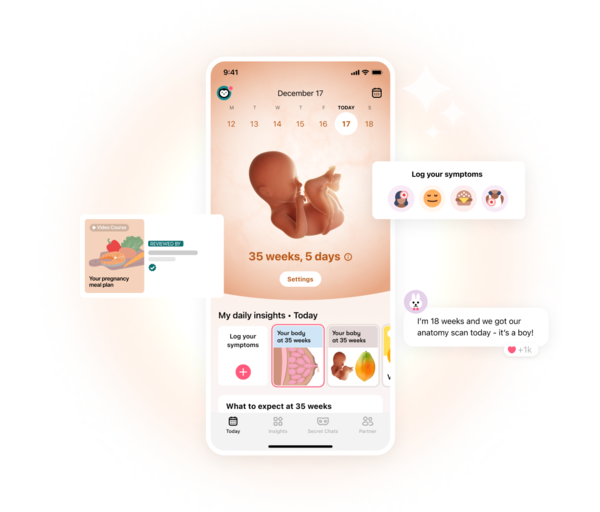Preterm or premature labor occurs when the body goes into labor before a pregnancy has reached full-term. Every preterm labor is different, and many different things can cause it.
Let’s learn more about preterm labor symptoms, what causes it, and what you can do to prevent it.













 Follow your baby's growth week by week
Follow your baby's growth week by week